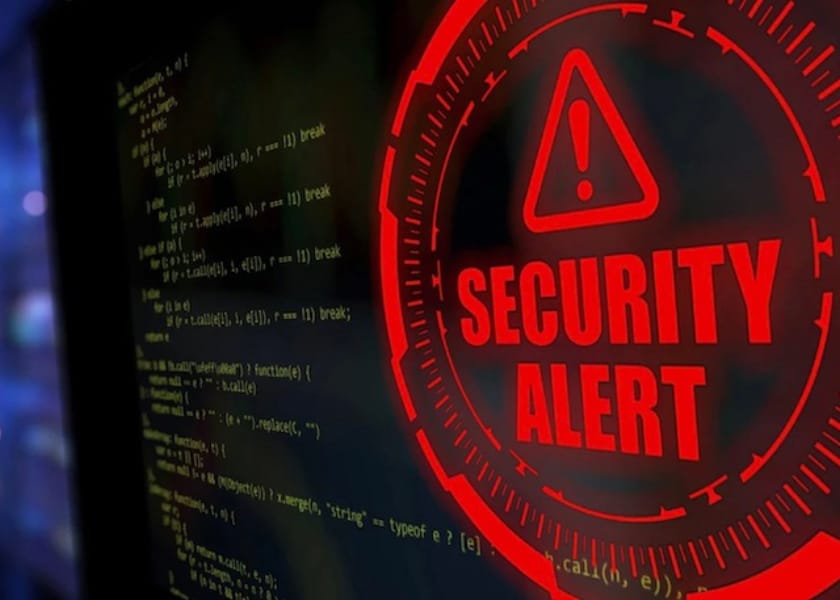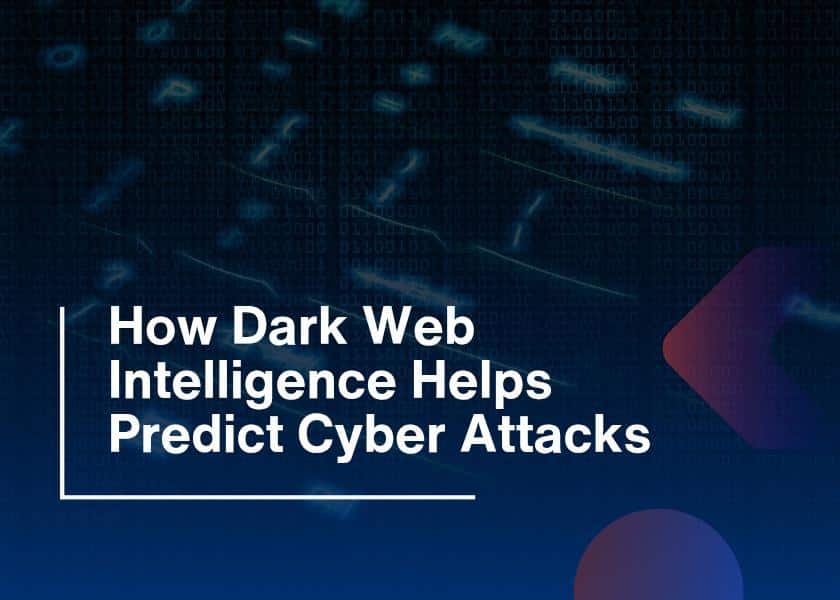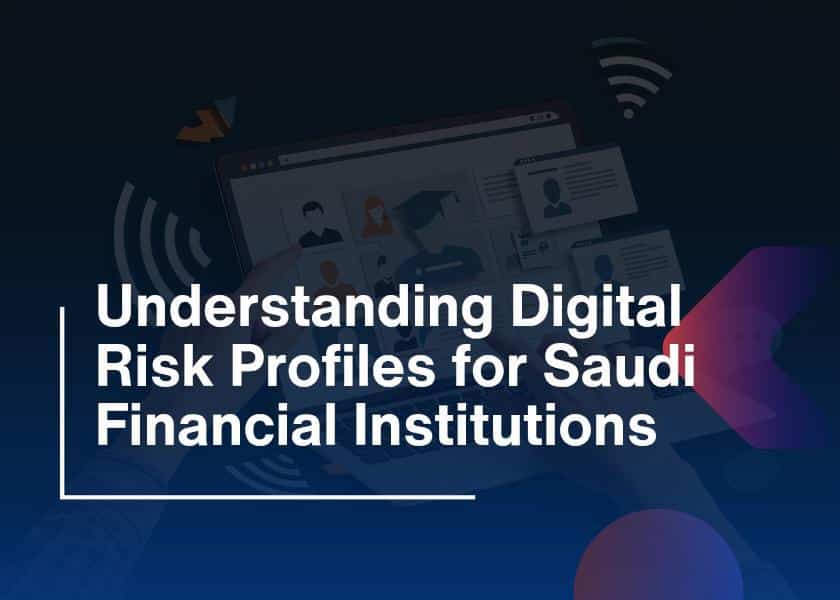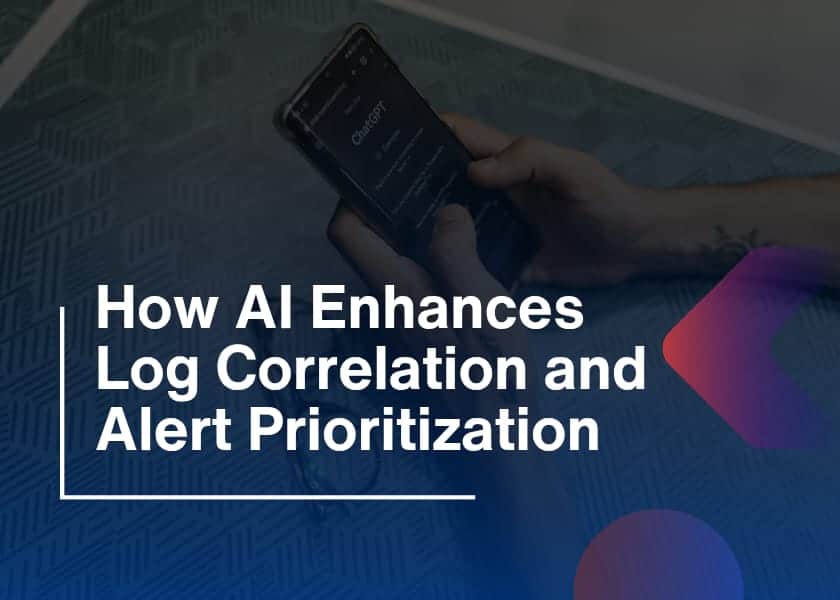In today’s digital-first world, cyberattacks can happen at any moment. As businesses increasingly rely on technology, the need for strong, instant defense has never been greater. So, this is where threat detection in IT becomes crucial. Cybersecurity companies specialize in identifying and stopping threats as they happen, often within seconds. But how exactly do they manage this real-time vigilance? Let’s learn the tools, technologies, and expert strategies that make this possible.
How Threat Detection in IT Works in Real-Time
What steps are taken to find threats in IT security day to day? Firstly, you need constant measurement, powerful algorithms, and prompt responses for security. Additionally, problems are often caught by old systems only after damage is done, but modern cybersecurity solutions are always looking for and stopping threats from happening.
With threats like ransomware, phishing, and inside dangers on the rise, businesses need to become proactive. Now, it is seen as best practice to detect threats as soon as they emerge. Let’s see how organizations in cybersecurity accomplish this objective.
1. Having a constant view over all network activity
In IT, one of the first things needed for real-time threat detection is continuous monitoring. Therefore, smart software from cybersecurity firms is set up to watch the activity on a company’s network and devices continuously.
For instance, if someone logs in when you aren’t expecting it or uploads an unusual amount of data at a strange hour, that could make you suspicious. With a SIEM tool, it is possible to collect and study the data to look for evidence of a possible threat. Moreover, monitoring a system all the time allows you to see unusual activity and stop it before it becomes a major problem.
2. The topic of Artificial Intelligence and Machine Learning
Afterwards, we look at Artificial Intelligence (AI) and Machine Learning (ML). Threat detection in IT is revolutionized by these strong technologies.
AI tools learn what typical activity is within your network. Whenever something unexpected takes place, such as an uninvited download or request, it’s a likely sign of danger.
The fact that AI can learn only makes it more helpful. The more attacks it observes, the easier it is for it to identify them. As a result, the system is capable of spotting threats rapidly and reducing the likelihood of mistakenly reporting a problem.
3. Endpoint Detection and Response technology
Laptops and smartphones are frequently attacked by hackers. That’s one reason cybersecurity companies put Endpoint Detection and Response (EDR) tools straight onto these devices. They regularly monitor every operation, download, and action happening on your system. If a dodgy file starts working or a shady script begins to execute, the EDR will either draw attention to the attack or stop the activity automatically. Therefore, the way we detect threats in IT is now highly efficient, even for the smallest devices.
4. Security Operations Centers (SOC)
Both technology and human experts are very important for identifying threats. A lot of cybersecurity companies have Security Operations Centers (SOC), where teams continuously watch over their systems.
An expert will look into alerts, check for suspicious actions, and quickly respond when necessary. As machines are able to miss certain things, an expert check provides both extra security and decision-making abilities. Using technology along with human skills, IT threat detection improves and becomes more dependable.
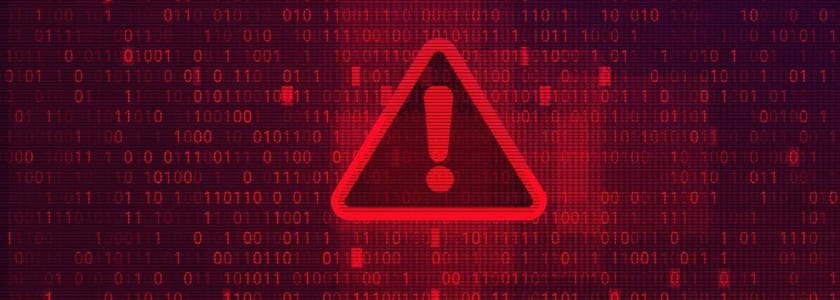
5. Intrusion Detection and Prevention Systems (IDPS)
Another essential tool is the Intrusion Detection and Prevention System (IDPS). This system looks for signs of intrusion, such as unauthorized access attempts or malware signatures. There are two main types:
- Signature-based: Detects known attack patterns.
- Anomaly-based: Flags behavior that deviates from the norm.
When a threat is detected, the system can either notify the SOC team or automatically stop the malicious activity. Because of this speed, threat detection in IT stays ahead of attacks before they cause damage.
6. Behavioral Analysis
Humans, apps, and machines all have patterns. Behavioral analysis helps cybersecurity teams understand what “normal” looks like in a system. When something doesn’t match that norm, it triggers alerts. Imagine an employee who always logs in at 9 a.m. suddenly accessing sensitive files at midnight from a different country. That’s a clear red flag. Thanks to behavioral analysis, cybersecurity teams can identify and investigate these issues instantly, strengthening threat detection in IT with predictive insight.
7. Threat Intelligence Feeds
Being aware of what’s happening globally is just as important as local monitoring. That’s why companies use threat intelligence feeds to gather real-time updates on:
- Malicious IP addresses
- Recent malware attacks
- Ongoing phishing scams
- Known threat actors
These feeds are connected to internal systems. If your network sees traffic from a flagged source, the system acts immediately. Moreover, this external awareness enhances threat detection in IT by making it more comprehensive.
8. Honeypots and Decoy Systems
Sometimes, the best way to detect threats is by baiting them. However, cybersecurity companies set up fake systems known as honeypots. These look like real servers or databases, but don’t contain actual sensitive data.
When an attacker tries to access the honeypot, it’s a clear sign of malicious intent. The system sends alerts right away, helping experts investigate and even track down the source. This strategy adds another creative layer to threat detection in IT, especially for catching sophisticated attackers.
9. Cloud Security Monitoring
With the rise of cloud computing, more attacks are targeting services like AWS, Google Cloud, and Microsoft Azure. Therefore, cloud-native threat detection is now essential. Additionally, Cybersecurity companies use cloud-specific tools to watch for:
- Unusual login attempts
- Misconfigured access controls
- Unauthorized data movements
So, these systems can send real-time alerts or even shut down affected processes automatically. Furthermore, this ensures that threat detection in IT extends beyond traditional systems and into the cloud.
10. Automated Response Playbooks
Detection is only half the battle, response is the other. Once a threat is confirmed, every second counts. That’s why many companies use automated playbooks to take immediate action. So, these playbooks can:
- Quarantine infected systems
- Block suspicious IPs
- Revoke user permissions
- Trigger system-wide scans
In addition, responses reduce the time it takes to react, which is key in real-time threat detection in IT. By minimizing delay, companies can prevent threats from spreading and causing damage.
Why Real-Time Threat Detection Matters
In the world of cybersecurity, time is everything. The longer a threat goes unnoticed, the more damage it can do, stealing data, crashing systems, or even ruining a company’s reputation. That’s why real-time threat detection in IT is not optional. It’s essential.
Cybersecurity companies combine automation, smart algorithms, live monitoring, and human expertise to build defense systems that never sleep. Furthermore, this means your data and systems are protected even when you’re not watching.
Conclusion
To wrap it up, threat detection in IT is a high-speed, high-stakes operation that cybersecurity companies manage through a mix of advanced tools and human intelligence. From AI-powered analytics and EDR tools to honeypots and threat feeds, every piece works together to protect your digital environment in real time.
Additionally, as cyber threats continue to grow more complex. Therefore, real-time detection will become increasingly important. If your business values its data, reputation, and future, investing in real-time threat detection in IT is one of the smartest decisions you can make. Are you ready to strengthen your cybersecurity and detect threats before they strike?

